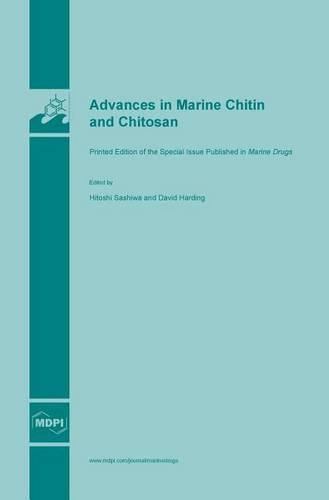Readings Newsletter
Become a Readings Member to make your shopping experience even easier.
Sign in or sign up for free!
You’re not far away from qualifying for FREE standard shipping within Australia
You’ve qualified for FREE standard shipping within Australia
The cart is loading…






This title is printed to order. This book may have been self-published. If so, we cannot guarantee the quality of the content. In the main most books will have gone through the editing process however some may not. We therefore suggest that you be aware of this before ordering this book. If in doubt check either the author or publisher’s details as we are unable to accept any returns unless they are faulty. Please contact us if you have any questions.
Recently, biomass-based polymers from renewable resources have received increasing focus
owing to the depletion of petroleum resources. Natural polysaccharides such as cellulose,
hemicellulose, and starch are among the candidates from natural resources for biomass
polysaccharide products including bioplastics. Although several kinds of neutral or anionic
polysaccharides such as chitin, alginic acid, hyaluronic acid, heparin, and chondroitin sulfate
exist in nature, natural cationic polysaccharides are quite limited. Chitin is second only to
cellulose as the most natural abundant polysaccharide in the world. Chitosan, the product
from the N-deacetylatation of chitin, appears to be the only natural cationic polysaccharide.
Therefore, chitin and chitosan due to their unique properties are expected to continue to offer
a vast number of possible applications for not only chemical or industrial use, but also
biomedicine. The research history on chitins, one of the most major and abundant natural
polysaccharides on earth, started around 1970. Since the 1980s, chitin and chitosan research
(including D-glucosamine, N-acetyl-D-glucosamine, and their oligomers) has progressed
significantly over several stages in both fundamental research and industrial fields.
$9.00 standard shipping within Australia
FREE standard shipping within Australia for orders over $100.00
Express & International shipping calculated at checkout
This title is printed to order. This book may have been self-published. If so, we cannot guarantee the quality of the content. In the main most books will have gone through the editing process however some may not. We therefore suggest that you be aware of this before ordering this book. If in doubt check either the author or publisher’s details as we are unable to accept any returns unless they are faulty. Please contact us if you have any questions.
Recently, biomass-based polymers from renewable resources have received increasing focus
owing to the depletion of petroleum resources. Natural polysaccharides such as cellulose,
hemicellulose, and starch are among the candidates from natural resources for biomass
polysaccharide products including bioplastics. Although several kinds of neutral or anionic
polysaccharides such as chitin, alginic acid, hyaluronic acid, heparin, and chondroitin sulfate
exist in nature, natural cationic polysaccharides are quite limited. Chitin is second only to
cellulose as the most natural abundant polysaccharide in the world. Chitosan, the product
from the N-deacetylatation of chitin, appears to be the only natural cationic polysaccharide.
Therefore, chitin and chitosan due to their unique properties are expected to continue to offer
a vast number of possible applications for not only chemical or industrial use, but also
biomedicine. The research history on chitins, one of the most major and abundant natural
polysaccharides on earth, started around 1970. Since the 1980s, chitin and chitosan research
(including D-glucosamine, N-acetyl-D-glucosamine, and their oligomers) has progressed
significantly over several stages in both fundamental research and industrial fields.